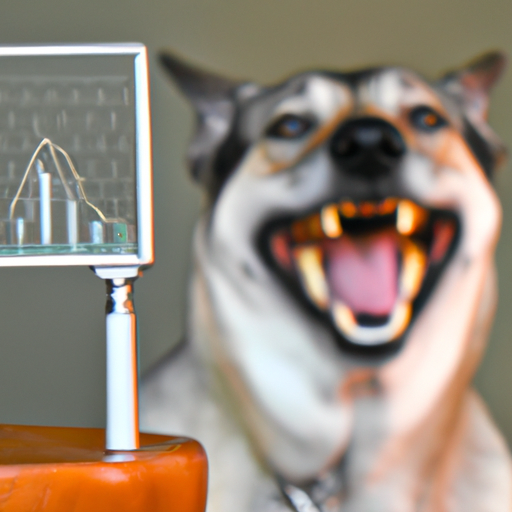Understanding Your Dog’s Dental Anatomy
Just like you, your furry friend has a set of pearly whites that needs care and attention. But have you ever wondered, how many teeth do dogs have? Before you start counting, let’s delve into the dental anatomy of your canine companion.
Dogs start off with 28 deciduous (baby) teeth that eventually give way to 42 permanent teeth in adults. This transition usually happens around six months of age. Here’s a quick breakdown of the dental numbers game for your pooch:
- 12 Incisors
- 4 Canines
- 16 Premolars
- 10 Molars
The incisors are small teeth at the front of the mouth used for nibbling and grooming. The canines, those sharp, pointy teeth, are used for tearing and gripping. The premolars and molars at the back of the mouth are used for chewing and grinding food.
The Importance of Dental Hygiene for Dogs
Your dog’s teeth are more than just tools for tearing and chewing. They play a crucial role in your dog’s overall health. Poor dental hygiene can lead to a host of problems such as gum disease, bad breath, and even heart disease. So, it’s important to regularly brush your dog’s teeth and provide dental chews for them to gnaw on. Regular check-ups with the vet are also important to ensure your dog’s teeth stay healthy.
When Should You Start Caring for Your Dog’s Teeth?
The sooner, the better! Even though your puppy will lose their deciduous teeth, it’s important to start dental care early. This not only keeps their baby teeth healthy but also gets them used to the process of teeth cleaning. Once your dog has their permanent teeth, regular brushing should become a part of their routine.
Understanding Dental Problems in Dogs
Every dog owner should be aware of the common dental problems that can affect their canine friend. This knowledge can help you spot the signs early and get the necessary treatment. Here are some common dental problems in dogs:
- Periodontal Disease: This is a gum disease that can lead to tooth loss in dogs. Regular brushing and dental check-ups can help prevent this.
- Broken Teeth: Dogs can break their teeth while chewing on hard objects. If you notice a broken tooth, it’s important to consult a vet.
- Tooth Abscess: This is a painful condition where pus builds up in the tooth or gums. Symptoms include swelling, bad breath, and difficulty eating.
FAQs About Dog Teeth
To wrap up, here are some frequently asked questions about dog teeth:
Q: When do dogs lose their baby teeth?
A: Dogs usually lose their baby teeth around six months of age.
Q: How can I clean my dog’s teeth at home?
A: Brush your dog’s teeth regularly using a dog-friendly toothpaste and toothbrush. Dental chews can also help keep their teeth clean.
Q: What should I do if my dog has a broken tooth?
A: If your dog has a broken tooth, consult a vet as soon as possible. Broken teeth can be painful and may need to be extracted.
Q: How often should I take my dog for a dental check-up?
A: It’s recommended to take your dog for a dental check-up at least once a year.
In conclusion, the health of your dog’s teeth plays a vital role in their overall well-being. As a caregiver, it’s your responsibility to ensure they have a healthy set of chompers. Now that you know how many teeth dogs have, you can take better care of them and keep that canine smile bright and healthy!



